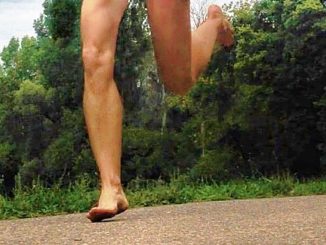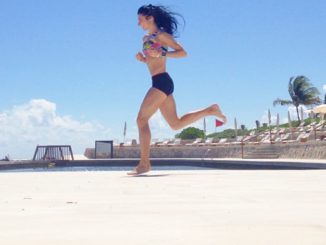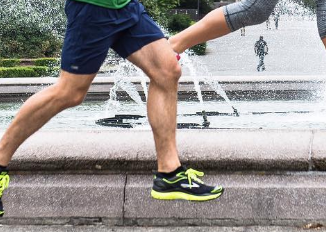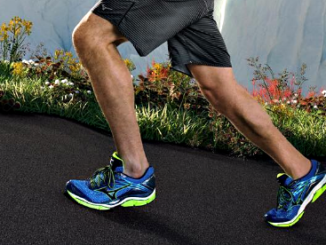
Is Barefoot Running Good or Bad?
Barefoot running does the most good for reversing the damgaing mechanical impairments caused by cushioned running shoes.

Barefoot running does the most good for reversing the damgaing mechanical impairments caused by cushioned running shoes.

Barefoot running switches on a range of nerve, reflexive and mechanical responses that prevent underfoot pressure from rising to damaging levels which reduces the risk of severe foot injuries vs thickly cushioned running shoes.

Stability running shoes actually cause injuries because there’s more scientific conclusiveness showing that these shoes either cause overpronation or restricts the natural pronatory movements of the foot in ways that pushes the kinetic chain up the leg away from the natural order. Conversely, running barefoot or in barefoot-like footwear is one of the best ways to get immediate improvements in pronation control.

Thick cushioned running shoes with stability support increases the risk of injury by forcing the feet into extreme positions which causes the ankles to work harder in holding the foot more steady. This increased mechanical work at the ankles also spills over onto multiple sites of the leg, like the shins and knees, and is a net contributor to ankle sprains, shin splints and runner’s knee.

Forefoot running is better for the shins because it reduces the opposing forces and mechanical strain that causes chronic shin splints as compared with heel strike running.
Copyright © 2025 | WordPress Theme by MH Themes